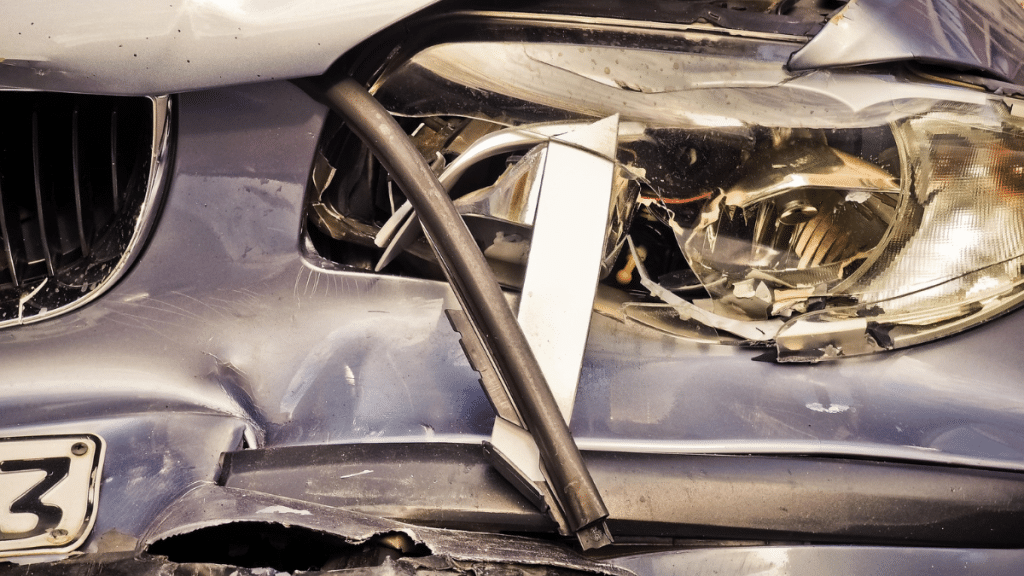Car accidents happen every day across America, and determining fault isn’t always straightforward. If you find yourself in a situation where you may share some responsibility for a crash, understanding your rights and options is crucial for protecting your interests. Consider consulting with a car accident law firm if facing significant medical bills, lost wages, or disputes over fault percentages.
Understanding Comparative Negligence Laws
Most states follow comparative negligence rules, which allow you to recover damages even when you’re partially responsible for an accident. Under this system, your compensation gets reduced by your percentage of fault. For example, if you’re found 30% at fault for a $10,000 accident, you could still recover $7,000. However, some states use a modified comparative negligence law where people can only recover damages if you’re less than 50% or 51% at fault, depending on the specific state law.
How Fault Gets Determined in a Car Accident
Insurance companies and courts consider multiple factors when assigning fault percentages. Traffic violations, such as speeding or running red lights, significantly impact fault determination. Weather conditions, road hazards, and vehicle maintenance issues also play important roles. With almost 232.8 million licensed drivers in the United States as of 2021, accident scenarios involving multiple parties have become increasingly complex. Statistical data reveals that male drivers were involved in over 74% of fatal car accidents in the U.S. in 2021, though fault determination focuses on specific actions rather than demographics. Evidence like police reports, witness statements, traffic camera footage, and accident reconstruction analysis helps establish each party’s level of responsibility.
Steps to Take After a Partial Fault Accident
Document everything at the scene if you’re able to do so safely. Take photos of vehicle damage, road conditions, and traffic signs or signals. Never admit fault or apologize, as these statements can be used against you later. Contact the police to file an official report, even for minor accidents. Seek medical attention promptly, as some injuries don’t manifest symptoms immediately. Always ensure you’re wearing your seatbelt, as safety restraints reduce the risk of death by 45% and can significantly impact the severity of injuries, which directly affects your case’s outcome.
Working with Insurance Companies
Insurance adjusters will investigate the accident and assign fault percentages based on their findings. Be honest about what happened, but stick to the facts without speculating about causes or accepting blame. Your insurance company has a duty to defend you, but remember, they’re also trying to minimize their payout. Keep detailed records of all communications, and don’t accept the first settlement offer without careful consideration.
When to Contact Legal Professionals
Legal professionals can help gather evidence, negotiate with insurance companies, and ensure you receive fair compensation. They’re particularly valuable when multiple parties are involved or when the other party’s insurance company tries to assign you a higher percentage of fault than warranted.
Being partially at fault doesn’t mean you’re without options after a car accident. Understanding your state’s negligence laws, properly documenting the incident, and seeking appropriate legal guidance, when necessary, can help protect your financial interests. The key is acting quickly and methodically to preserve evidence and build the strongest possible case for your position.
